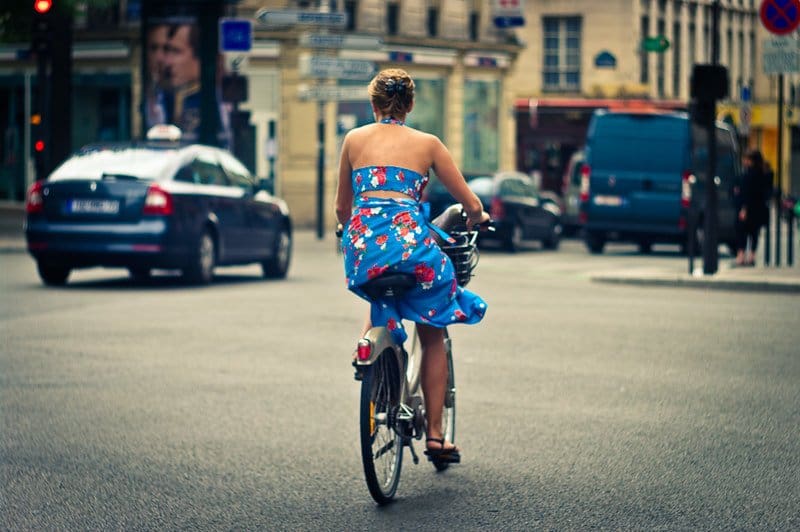Three great stories we found on the internet this week.
Scale this up!
One way to reduce invasive species is to eat them. But what about wearing them?
Lionfish are devouring sea life along coral reefs from Florida to the Caribbean Sea. An invasive species with no natural predators, they’re a major impediment to saving struggling reefs. There’s no market for lionfish, so fisherfolk don’t have incentive to hunt them. Now, a project known as Inversa is providing that incentive by offering a “100 percent catch-to-cash” guarantee for lionfish.
Crushed by negative news?
Sign up for the Reasons to be Cheerful newsletter.Fisherfolk sell their lionfish to Inversa, which turns them into fish leather. The fish hides are dried and tanned, then sold to clothing and apparel companies to be turned into belts, wallets and handbags. Because the fibers in fish skin run crossways, it’s actually stronger than traditional leather. According to Inversa, each lionfish hide can save up to 70,000 native fish.
“We’re really sort of empowering the consumer and fashion by doing something for the planet — then we empower dive communities in the fishing cooperatives all throughout the Caribbean to do something for themselves,” said Inversa’s CEO.
No return date
If there’s anything better than a good summer beach read, it’s half a million of them.
The New York Public Library is giving away 500,000 books to help families build their home libraries and “strengthen the city’s ecosystem of learning.” Anyone with a library card can stop by and dive into the giveaway pile, which includes books in English, Spanish and Chinese, as well as large-print editions.
The giveaway is part of a broader NYPL initiative that includes podcasting workshops, outdoor pop-up events and adult literacy classes. “After so much time apart, it’s time to safely come together this summer,” said an official statement.
Read more at Time Out New York
A whole new rue
Over at CityLab, Transportation expert Yonah Freemark dissects a puzzling trend: Why have traffic deaths been plummeting in France even as they soar in the United States?
American streets have been getting deadlier for decades. Last year, US traffic deaths surged by over 10 percent. Meanwhile, France’s streets just keep getting safer. A French resident is now three times less likely to be killed on the road than an American. “After years of moving in tandem with the US, French fatality rates plummeted during the last 30 years, while American streets grew more dangerous,” Freemark finds.

He unearths an array of reasons. One big one is that in 2002, France started putting automated speed cameras all over the place. That first year, traffic deaths plunged from 23 to 15 per billion miles traveled. It also pedestrianized many streets, taking cars out of the equation entirely. And France has widely adopted roundabouts, which involve fewer crashes than intersections.
Other unexpected factors come into play as well, from heavier American cars to French crash ratings that take into account pedestrians and cyclists. “My perception is that many of the changes that have occurred in France have been about improving the environment, reducing pollution and creating more vibrant city centers,” said Freemark. “They have this nice side effect of contributing to the decline in fatalities that we’d like to see in the USA.”







